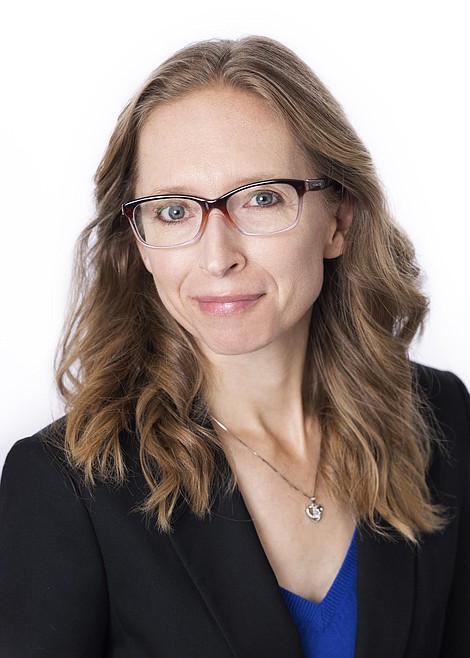ADVERTISING: Advertorial — Tips for optimizing your bone health
Over half of the U.S. adult population ages 50 and up either have osteoporosis or its precursor, osteopenia. Risk of bone fracture increases two to three times for every ten percent decrease in bone density. Spinal fractures are the most common result of osteoporosis, closely followed by hip fractures which often result in disability and increased risk of death within the first year of injury.
Fueling this epidemic are significant mineral deficiencies. It is estimated that forty percent of Americans lack the recommended amount of calcium, and 50 percent lack recommended magnesium, both essential for bone, muscle and nerve health. Other minerals vital for bone health include phosphorus, boron and zinc — and the latter two are significantly low in the majority of Americans.
Yet correcting osteoporosis isn’t as simple as taking a good mineral supplement. We assume if we take any form of calcium that we are absorbing it. However, many types of calcium are difficult for the body to convert into a usable form. Calcium carbonate, for example requires 12 conversions, a feat many in poor health cannot achieve. Further complicating matters, calcium and all minerals require good stomach acid for absorption — and declining stomach acid is universally common starting around age forty. In fact, unabsorbed calcium, especially from supplements, commonly results in kidney stones, plaque buildup in the cardiovascular system and arthritic joints.
Calcium and mineral supplements aside, have you ever wondered why osteoporosis is such an epidemic in our modern world? We know that vitamin D is an essential hormone for bone mineralization, but it turns out that it cannot work in isolation. Vitamin D requires “activation” by a little-known and relatively recently discovered vitamin dubbed “K2” to both pull calcium into bone and pull it out of our arteries.
Where is K2 found, and why is it so deficient in our diet? K2 is high in the tissues and milk of animals feeding on rapidly growing green grass. It makes our pastured egg yolks deeply orange, and our natural grassfed cheeses yellow. Found exclusively in grassfed meats, vitamin K2 is virtually absent in the tissues of grain fed animals. (While on the subject of foods to boost bone health, if you think you are getting calcium from pasteurized milk, cheese and other dairy products, you are misinformed. Calcium absorption requires an enzyme present in raw milk that is destroyed in the pasteurization process.)
Another modern contribution to our high rate of osteoporosis is the precipitous decline of hormones in the elderly, as estrogen and testosterone are important in the formation of bone. Since hormones are created from cholesterol, this trend has been overwhelmingly fueled by popular low cholesterol diets and the rampant use of cholesterol-lowering drugs.
At Vital Health we understand that bone health is multi-faceted. We use extensive intakes and functional nutritional testing to uncover the causes of your osteoporosis. We then combine diet and targeted supplementation together with acupuncture to halt the progression of your bone loss.
• • •
Darcy Greenwald holds a master’s degree in Oriental Medicine, and is a Licensed Acupuncturist. She is additionally certified in Western Herbalism and massage therapy. She has more than 20 years of experience in natural medicine. Greenwald is a “Health Detective,” she looks beyond your symptom picture and investigates WHY you are experiencing your symptoms in the first place. Greenwald is currently accepting new patients and offers natural health care services and whole food nutritional supplements at Vital Health in Coeur d’Alene.
Visit our website at www.vitalhealthcda.com to learn more about Greenwald, view a list of upcoming health classes and read other informative articles. Greenwald can be reached at 208-765-1994 and would be happy to answer any questions regarding this topic.

